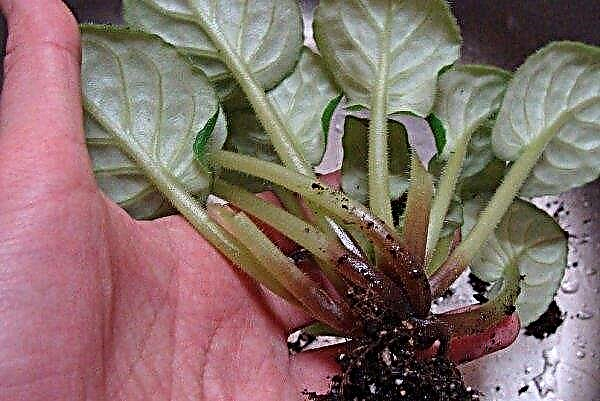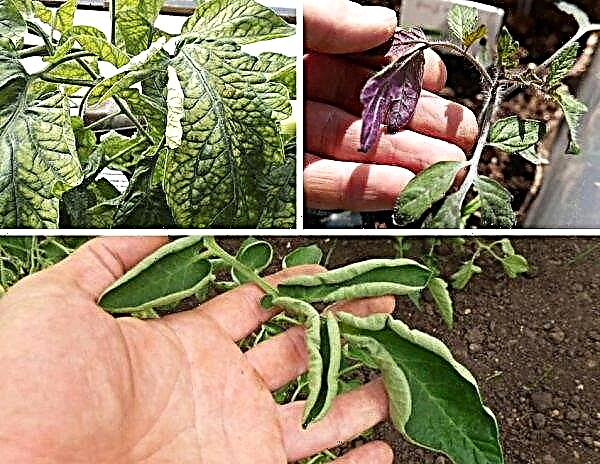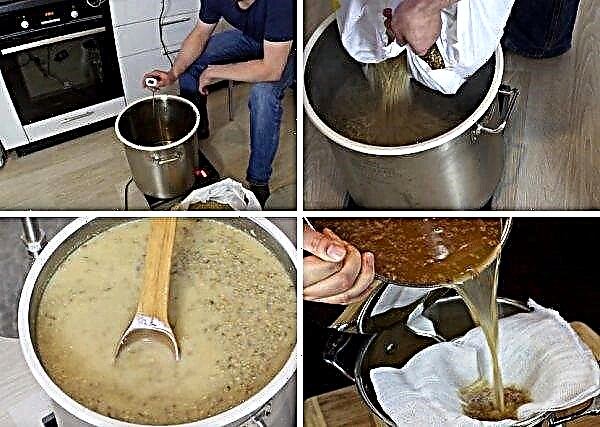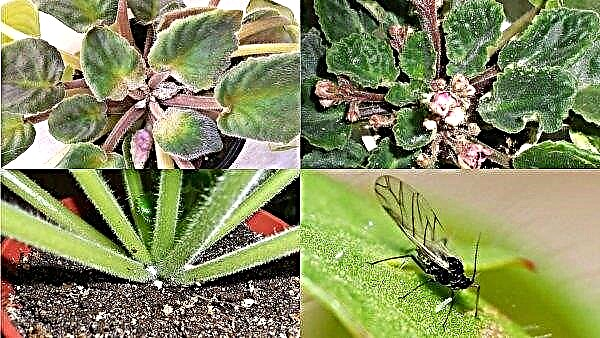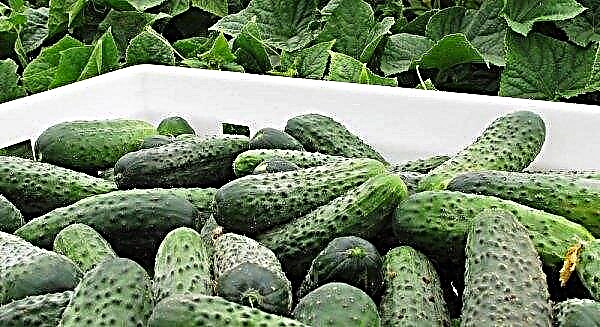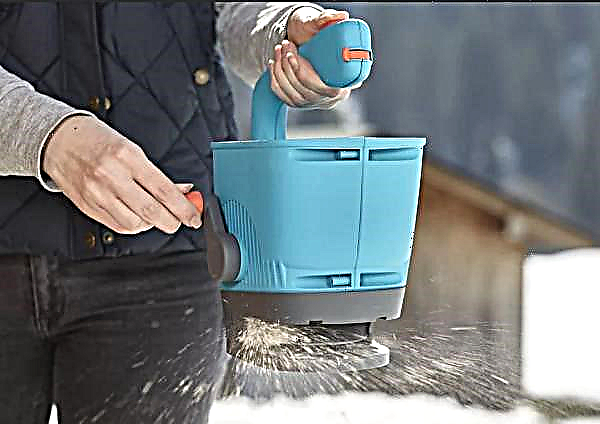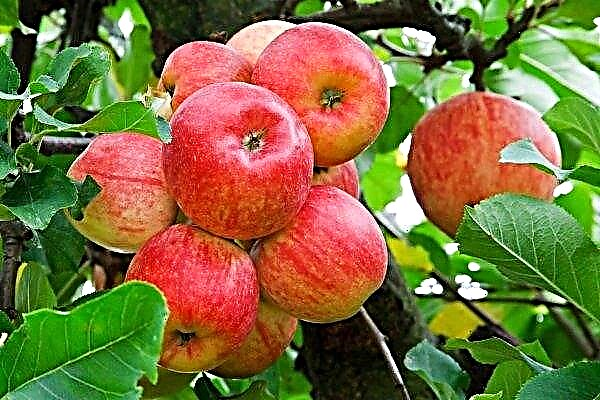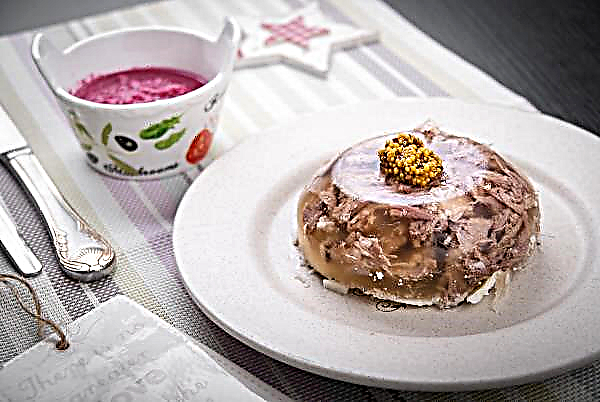Balsamic fir Piccolo (Abies balsamea Piccolo) - a small coniferous plant with medicinal properties. Due to its decorative qualities, it is very popular among landscape designers around the world. The shrub takes root well in almost all climatic conditions, so its cultivation does not cause big problems.
Botanical Description
A dwarf tree or a small shrub with short fluffy needles looks extremely decorative. It grows slowly, completely stopping development when it reaches a height of 50–85 cm, and a diameter of up to 55 cm.
The needles of young shoots have a beautiful light green hue, more mature are painted in a traditional emerald color. This combination of new growth with adult needles and brown-burgundy buds creates an indescribable color effect.
The branches are compact and tight, the round crown does not have sharp corners, which also gives the plant (along with the shape and color) decorative qualities. The roots, like all conifers, are located close to the surface of the soil.
Did you know? There are two versions of the origin of the Russian name for fir: the first is a derivative of the Karelian “pihka” (Rus. «resin») But Max Fasmer’s etymological dictionary says that the plant owes its German species name “Fichte” - “spruce”.
Origin of name
The tree owes its name to such a feature: a special secret, a resin with a strong coniferous smell, stands out through the pores in the bark. This aroma is so thick and rich that it seems as if an open container with some kind of healing balm exudes it.
Landing
You can plant fir at any time of the year, except winter. Although the plant is characterized by an unpretentious disposition, in order for it to take root well and to please the eye with its appearance in the future, it is necessary to remember some recommendations:
- Piccolo loves slightly acidic (pH 4.5–5.8) fertile soils, with good moisture permeability;
- feels best in light partial shade;
- the place should be equipped with high-quality drainage, since stagnation of moisture in the roots can cause fungal diseases.
Did you know? Camphor is obtained from fir oil - an exciting substance used for breathing and heart problems to treat rheumatism, inflammation, infectious diseases and even pneumonia.
Balsamic varieties of fir are grown in three ways:
- by seeds;
- cuttings;
- seedlings.

With all the positive qualities of generative propagation (by seeds), it has a major drawback - it will take at least three to four years to get any large plant. In addition, fir trees not always grown by seeds inherit hereditary traits, and the results obtained may not coincide with your expectations. It’s easier to buy planting material ready for rooting in a new place in the nursery.
First of all, you should take care of preparing a place for growing seedlings. Do this 10-15 days before the procedure for vegetative propagation of fir so that the earth has time to settle and prepare.

The following is a detailed description of this procedure:
- In a slightly shaded area of the garden, dig holes with a depth and width of 0.5 m. The distance between adjacent holes should be 2–2.5 m. A layer of drainage (20–25 cm) consisting of a mixture of sand, expanded clay and chipped bricks.
- On the drainage, place a thin layer of rotted coniferous sawdust on which to lay a hill of soil mixture consisting of sand, peat, clay and humus (1: 1: 2: 3). Shed the resulting embankment with a solution of potassium permanganate (2%).
Important! In principle, fir can be planted during the entire warm season, but it is best done in late spring or early fall. And for plant transplantation, the most favorable time is April or just before the arrival of winter.
For seedlings, it is best to contact the nearest nursery, and buy planting material there 3-4 years old, up to 25 cm high. If you purchased a seedling and it contains dried shoots, they should be removed before living tissue. The house planting material is placed on 3-4 hours in the refrigerator, then transferred to a warm place, for hardening.

The landing procedure is quite simple, as follows:
- On the north side of the hole, in its bottom, insert a wooden pole for subsequent garter of the plant.
- Moisten the roots of a seedling with a weak solution (0.5%) of heteroauxin. Place the fir in the pit, on the mound prepared by you, so that the neck of the root is 2-3 cm above the ground.
- Fill a hole with fir made from sand, peat, clay and humus, mix with soil, slightly tamp. Tie the plant to a pole set in advance, around make a small earthen rampart.
- Pour a seedling of 1/2 bucket of water with universal fertilizers dissolved in softwood dissolved in it. Mulch the trunk circle with sawdust and peat, and cover it with a layer of pine bark.
Video: Planting Balsam Fir
Fir Care
Piccolo needs active care only in the first years of life, adult trees grow quite normally with almost no additional measures.
Watering and feeding
Abies balsamea Piccolo loves watering, but you should not fill the soil. Immediately after planting a tree, it is watered with 5-6 liters of water. Subsequently, in the first couple of years of life, approximately the same amount is deposited at a time.
 When the tree grows a little, it needs 1–1.5 buckets of water per week. During periods of drought, water 2-3 times a week.
When the tree grows a little, it needs 1–1.5 buckets of water per week. During periods of drought, water 2-3 times a week.
Piccolo is fed 2-3 times a season, the first time the procedure is performed no earlier than the third year of fir life. Introduce well-rotted mullein, ash, potassium salt or saltpeter. You can use complex fertilizers for conifers ("Kemira Universal" 50 g / 1 m²).
Important! Conifers do not need nitrogen in the same quantities as hardwoods, since the needles do not fall and the mineral required to gain green mass requires very little. And it is generally not recommended to introduce nitrogen fertilizers after June, since they stimulate the growth of young shoots, which may not have time to get stronger before the onset of frost, and die.
The approximate feeding scheme looks like this:
- March is a well-rotted mullein or solution of poultry litter.
- The end of June - the beginning of July - during the period of active growth, a little compost is introduced.
- Shortly before the onset of frost - superphosphates.

Loosening and mulching
The root system of the fir is shallow, and weeds that quickly grow on the surface take away most of the nutrients. To prevent this from happening, the soil around the tree should be mulched. It is best to spread the near-stem circle with a mixture of peat and pine sawdust, and on top fill the entire space (not only the area around the tree, but also between the plants) with the bark.
 For winter, the mulch is renewed and strengthened, the layer thickness can reach 20–25 cm. In regions with severe winters and a small amount of snow, a warm layer can be covered with lapnik from above.
For winter, the mulch is renewed and strengthened, the layer thickness can reach 20–25 cm. In regions with severe winters and a small amount of snow, a warm layer can be covered with lapnik from above.
As for loosening, it must be done after each watering. Otherwise, a crust will form that interferes with normal root breathing. However, one should remember the surface location of the roots and carry out the procedure with extreme caution in order to prevent damage to this vital system. Deepening more than 5-7 cm, when loosening, should not be.
Did you know? Unlike spruce, fir needles are soft, flat, enlarged more closely resembles elongated leaves rather than needles. In addition, cones of this species always grow strictly upward, as if standing on a branch, rather than hanging down.
Cropping and shaping
Some gardeners recommend that you do not make Piccolo trimmers at all, only sanitary ones. They argue their position with the fact that the plant is completely decorative, capable of independently forming its own crown properly. All dry or frost-beaten branches are removed, after which they are cut off that stand out from the total mass, violating the fluffy image.
All dry or frost-beaten branches are removed, after which they are cut off that stand out from the total mass, violating the fluffy image.
If you adhere to a more traditional view on this issue, it should be said that the first crown formation is performed shortly after planting, preferably before the buds swell. Thus, you combine this event with sanitary pruning, the purpose of which is to improve the tree.
Possible diseases and pests
The real threat to fir can only be fungal diseases, the cause of the occurrence and development of which is an excess of moisture and stagnation of water in the roots. In case of detecting signs of the disease (rusty, moldy or white coating on the tips of the shoots, yellowing and dry needles, etc.), the following measures should be taken:
- Using a well-honed secateurs, remove all shoots with traces of the disease. All cut branches to burn outside the site.
- Slices should be treated with garden varieties, and the plant, including neighboring ones, and the adjacent soil with fungicides (Bordeaux fluid, “Abiga-Peak”, “HOM”, etc.).
 Most often, insecticidal treatment is carried out at the end of June, and after a couple of weeks they do a second treatment to fix the result.
Most often, insecticidal treatment is carried out at the end of June, and after a couple of weeks they do a second treatment to fix the result.Pests do not pose a great danger to Piccolo. If you still find them, it is enough to use preparations such as Karbofos, Aktellik, Chlorofos or Rogor, according to the instructions.
The use of wood in landscape design
Piccolo is one of the most sought-after conifers in landscape design. This is explained not only by remarkable external data, but also by its compact size. The plant can also act as an element of group composition and solo.
It perfectly emphasizes and emphasizes its species brethren of much greater growth: Korean, Spanish, Caucasian fir, Vicha, etc. Piccolo's use in decorating the garden is practically unlimited: it can be grown as an element of hedge in tubs, rearranging them from time to time to change the situation . In addition, such a pot with a plant for the winter can be brought into the house and dressed up as a New Year plant.
Looks great on an alpine hill, or emphasizing higher conifers: Christmas tree, thuja, cypress.Balsam fir goes well with plants of other species (perennial shrubs and flowers) and stones. Its attention-grabbing appearance is favorably emphasized by glades covered with pebbles.
Piccolo can decorate with itself any small personal plot or a spacious city square. The advantages of the plant, in addition to its excellent appearance, include its unpretentiousness. In addition, the tree exudes a unique smell that can give the cozy garden the atmosphere of a real fairytale forest.


